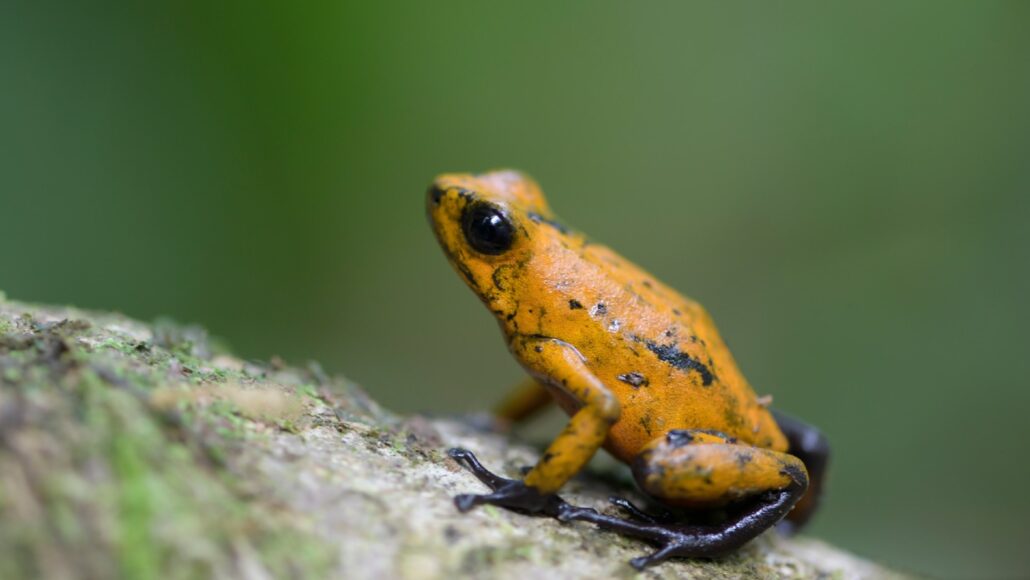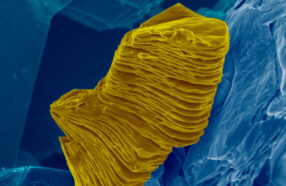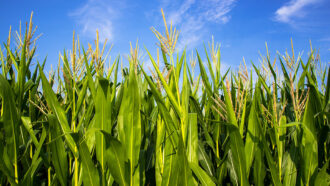
Animals
At last: How poison dart frogs ship defense toxins to their skin
A liver protein appears to help the amphibians collect and move toxins from their food to their skin. Those toxins can defend the frogs from predators.
Come explore with us!

A liver protein appears to help the amphibians collect and move toxins from their food to their skin. Those toxins can defend the frogs from predators.

Weekly updates to help you use Science News Explores in the learning environment
Thank you for signing up!
There was a problem signing you up.

After a century of searching for the source of the Altar Stone, scientists have yet to figure out where ancient people got the rock.

These little units help us measure energy transfer in chemistry, nutrition and beyond.

Scientists made a device that converts the greenhouse gas into formate. This salt can then run a fuel cell to make electricity.

To slow global warming, we’ll need help from CO2-trapping materials. Enter MXenes. They’re strong and reactive — and they love to eat up CO2.

A new coating made from a renewable resource — water-loving nanoparticles made from wood — could keep glass surfaces fog-free.

As they mature, these leaves lose their ability to detect threatening scents.

Hydrogen works the same, regardless of its source. But how clean or “green” it is very much hinges on its color-coded name — which points to how it was made.

Hydrogen energy doesn’t emit greenhouse gases when it’s used. But how it’s produced will affect how useful it can be in slowing climate change.

Engineers have found a material that can collect carbon dioxide from the air. When later mixed with water, it forms baking soda that can be shed in the sea.